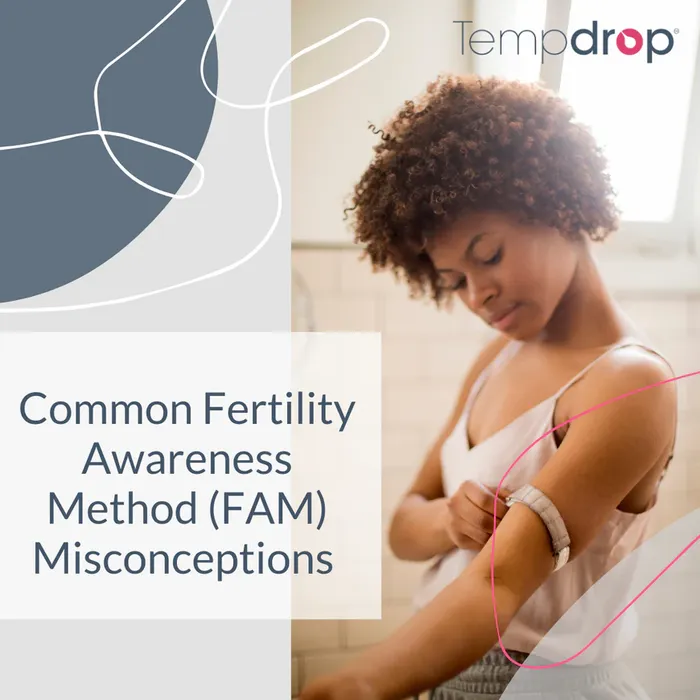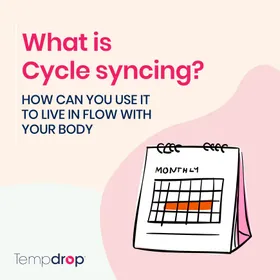4 Common Fertility Awareness Method (FAM) Myths
Published February 5, 2025.

The fertility awareness based method is an umbrella term for a wide range of fertility charting methods that allow you to track when you are able to conceive, and to use that information to avoid pregnancy or become pregnant. As a fertility awareness educator I hear many many myths about fertility and fertility awareness methods in general. I wish that more people knew the truths about their fertility. You can use some of the points below when talking about fertility awareness with those who may be skeptical, or who don’t know a lot about FAM! Well, let's dive in: here are some of the top myths I hear around fertility awareness based methods.
FAM is the same as the rhythm method
If there was one myth I could magically change, it would be this one! The rhythm method and FAM are just not the same, and yet there seems to be a persistent connection between the two. While technically the rhythm method falls under the umbrella of fertility awareness, it's not an effective way to avoid pregnancy or recommended by FAM professionals. The rhythm method was developed in the 1930s and falls under the category of Calendar Methods in FAM, but it's outdated and not recommended by FAM professionals. Why? It determines your fertility by guessing when ovulation takes place! It's based on the idea that you ovulate 14 days before your next period should start, which means we have to assume a cycle length as well (this was determined by looking at the previous 12 cycles). While it may have been good knowledge for the time, we know much, much more about women's cycles now. Every woman - and every cycle - is unique. Rarely do women have textbook cycles (28 day cycles, with ovulation on day 14), and it's even more rare to have a textbook cycle every single cycle in your life. Additionally, nobody can predict when ovulation will take place. No algorithm, no app, not even you can predict when it’s going to happen. Things like stress, travel, food and lifestyle all have the ability to impact the timing of ovulation.
FAM is not effective
Most likely due to the misconception that FAM is the rhythm method, FAM gets a bad rap. Many people think that FAM just simply doesn’t work. A study done in 2007 found the symptothermal method of fertility awareness they studied to be 99.6% effective at preventing pregnancy, which is up there with other forms of conventional contraception.





